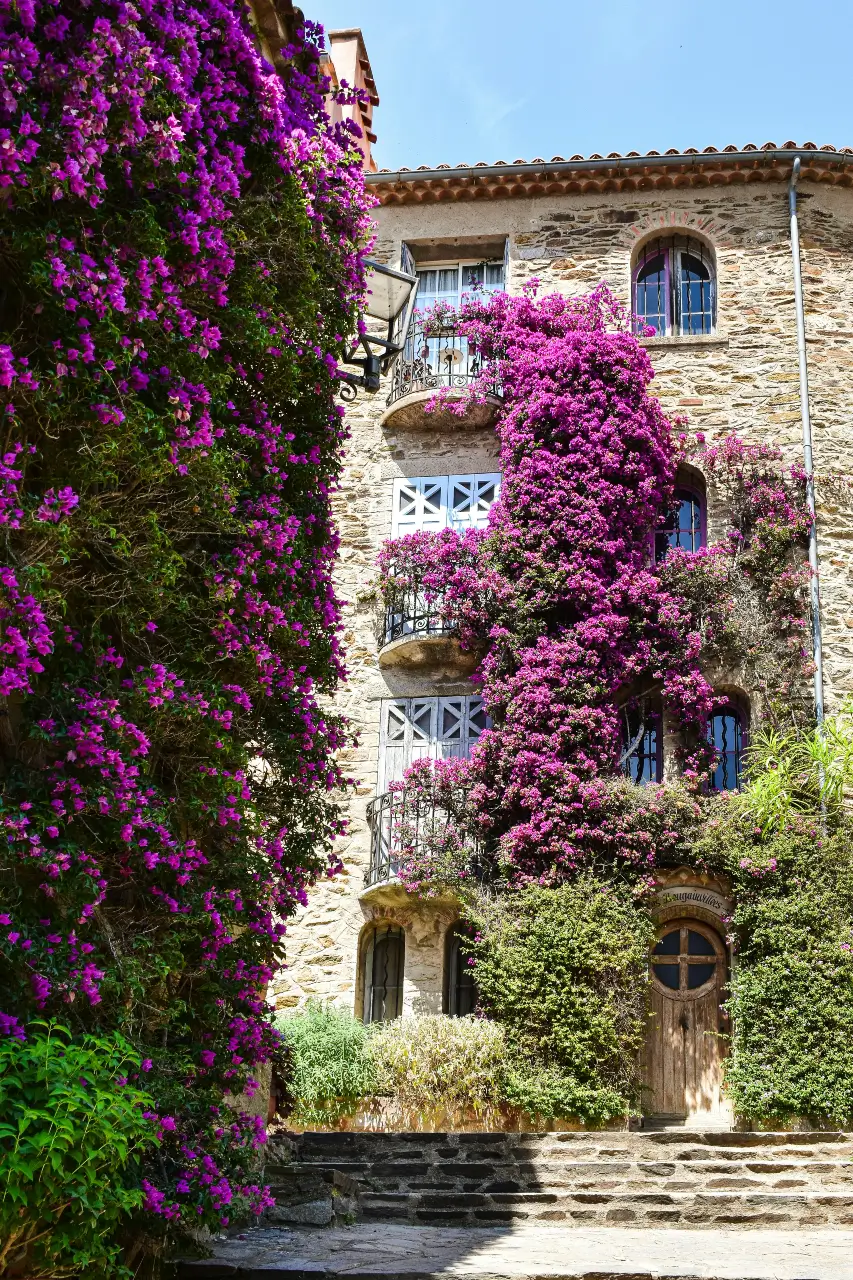With the arrival of summer, Mediterranean gardens transform into vibrant scenes full of color, shade, and fragrance. In this lively and radiant landscape, climbing plants become the undisputed stars. Not only do they bring natural freshness and vertical beauty, but they also evoke that unique feeling of calm, light, and outdoor living so typical of the southern coast.
From the striking fuchsia of bougainvillea climbing up whitewashed walls to the intoxicating scent of jasmine flowers in the evening, these plants are more than just decoration—they’re the essence of the Mediterranean. In this article, we’ll show you the five most spectacular climbing plants, and most importantly, how to care for them like a true local.
Bougainvillea (Bougainvillea spp.)
A true burst of color. Bougainvillea is a Mediterranean summer icon. It climbs energetically across walls, pergolas, and trellises, creating vibrant backdrops in fuchsia, magenta, orange, or white.
Key care tips:
- Sunlight: Requires full sun (at least 5–6 hours daily). No sun, no flowers.
- Watering: Very low. Drought-tolerant. Water only when the soil is completely dry.
- Pruning: Prune in winter or after flowering to shape and stimulate new growth.
- Soil: Well-draining and low in nutrients. Avoid overly rich soil.
- Local tip: In areas with frost, grow it in a large container and protect it in winter.
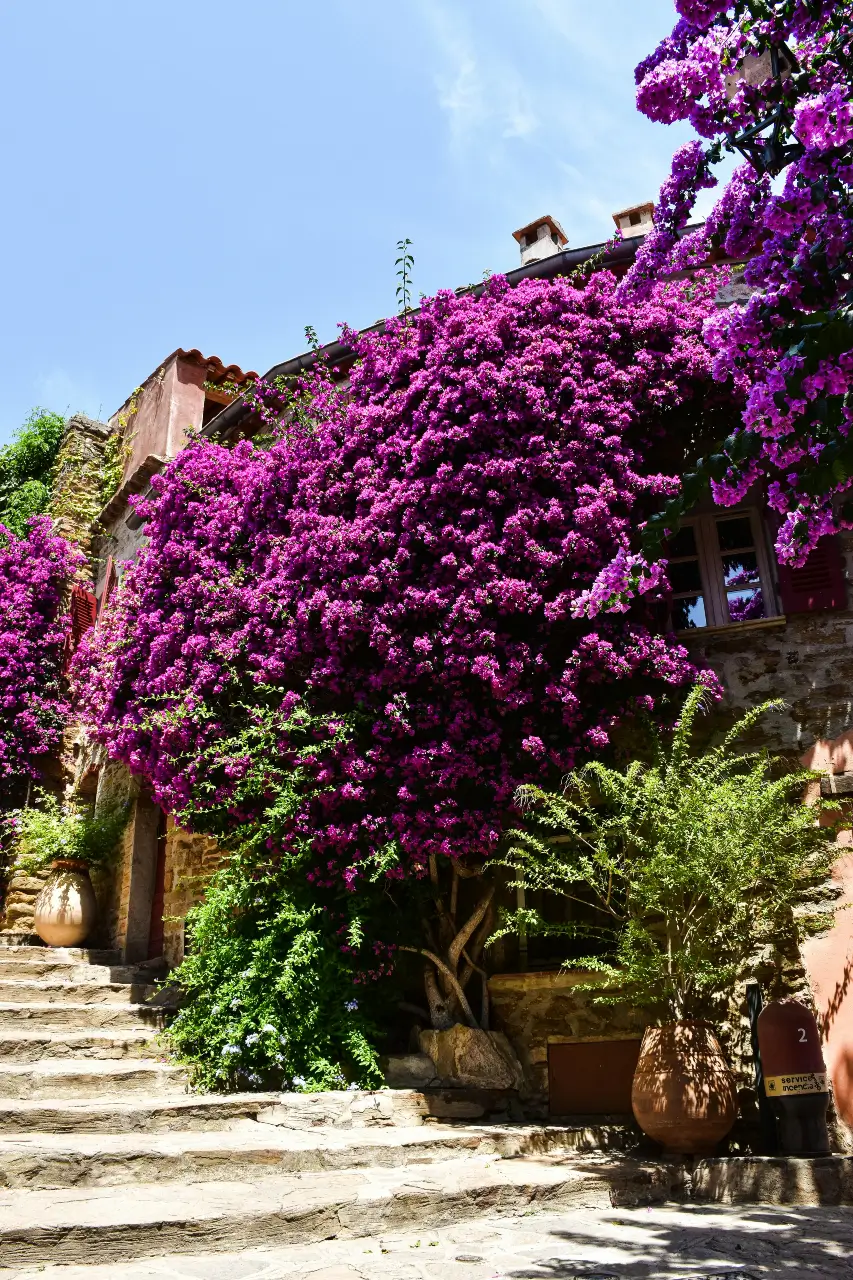
🌿 Dive deeper: Learn how to care for bougainvillea and jasmine like a true Mediterranean gardener.

Jasmine (Jasminum officinale / Jasminum grandiflorum)
The unmistakable scent of summer nights. Jasmine fills patios, terraces, and entryways with its sweet, romantic fragrance at dusk—especially beloved in Andalusian-style gardens.
Key care tips:
- Sunlight: Prefers full sun but tolerates partial shade.
- Watering: Water regularly in summer, reduce in winter. Avoid waterlogging.
- Pruning: Light pruning after flowering to maintain shape and vigor.
- Soil: Fertile, well-draining soil. Add compost once a year.
- Local tip: Train it over whitewashed walls or iron railings for an authentic look.
Ivy (Hedera helix)
A lush, timeless classic. Ivy is ideal for covering walls, fences, and shady corners. Its evergreen leaves add year-round greenery, and it thrives even where sunlight is scarce.
Key care tips:
• Sunlight: Tolerates shade and partial shade; grows faster with some sun.
• Watering: Moderate. Let the soil dry slightly between waterings.
• Pruning: Trim regularly to control spread and maintain shape.
• Soil: Moist but well-draining soil. Mulch helps retain moisture.
• Local tip: In Mediterranean regions, ivy is often seen on old stone walls or forested slopes. It’s tough and drought-tolerant once established—ideal for north-facing areas.


Virginia Creeper (Parthenocissus tricuspidata)
Seasonal beauty in motion. This vigorous climber brings dramatic autumn color—reds, purples, and oranges—that make walls and pergolas glow in cooler months.
Key care tips:
• Sunlight: Full sun to partial shade for best color change.
• Watering: Moderate. Increase in summer heat.
• Pruning: Prune in winter to control growth and remove old stems.
• Soil: Adaptable but prefers well-draining soil.
• Local tip: Widely used in Mediterranean courtyards to cool facades. Once mature, it helps regulate wall temperature naturally—great for eco-conscious gardens.
Honeysuckle (Lonicera spp.)
Scented joy for summer evenings. Honeysuckle’s tubular blooms are loved by pollinators and fill the air with sweet, nostalgic perfume—ideal for fences and pergolas.
Key care tips:
• Sunlight: Full sun or partial shade for better flowering.
• Watering: Regular in summer; reduce in cooler months.
• Pruning: After flowering to encourage new growth and shape.
• Soil: Moist, fertile, well-draining soil. Mulch helps in dry spells.
• Local tip: Often found in ravines and cool Mediterranean valleys. To mimic native conditions, give it some afternoon shade and protect roots from overheating.
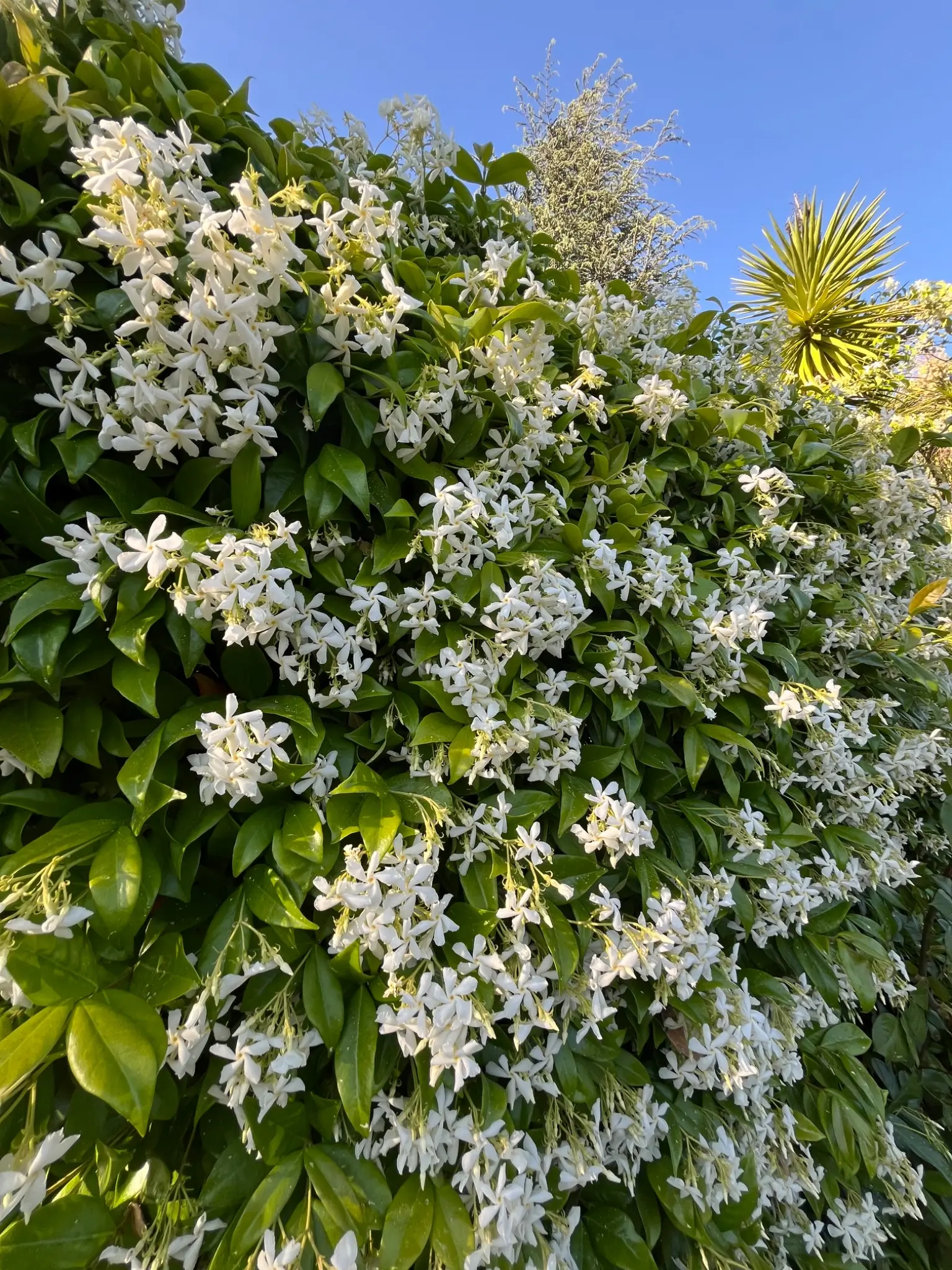
🌱 Final Tips for a Dream Mediterranean Garden
- Location: These plants love the sun, so choose well-lit spots.
- Soil: Well-drained. Add sand or gravel if your soil is heavy.
- Fertilizer: A balanced fertilizer in spring and summer will boost flowering.
- Structures: Use trellises, pergolas, or walls to guide them. Some need more support than others.
References
Gildemeister, H. (2004). Mediterranean Gardening: A Waterwise Approach. University of California Press.
Royal Horticultural Society. (n.d.). Plant Encyclopedia & Gardening Advice. Retrieved from https://www.rhs.org.uk
Jardinería On. (n.d.). Mediterranean Climbing Plants. Retrieved from https://www.jardineriaon.com
Plants For A Future. (n.d.). Plant Database. Retrieved from https://pfaf.org

Spanish Latte Recipe: Mediterranean Coffee Tradition Meets Modern Café Culture
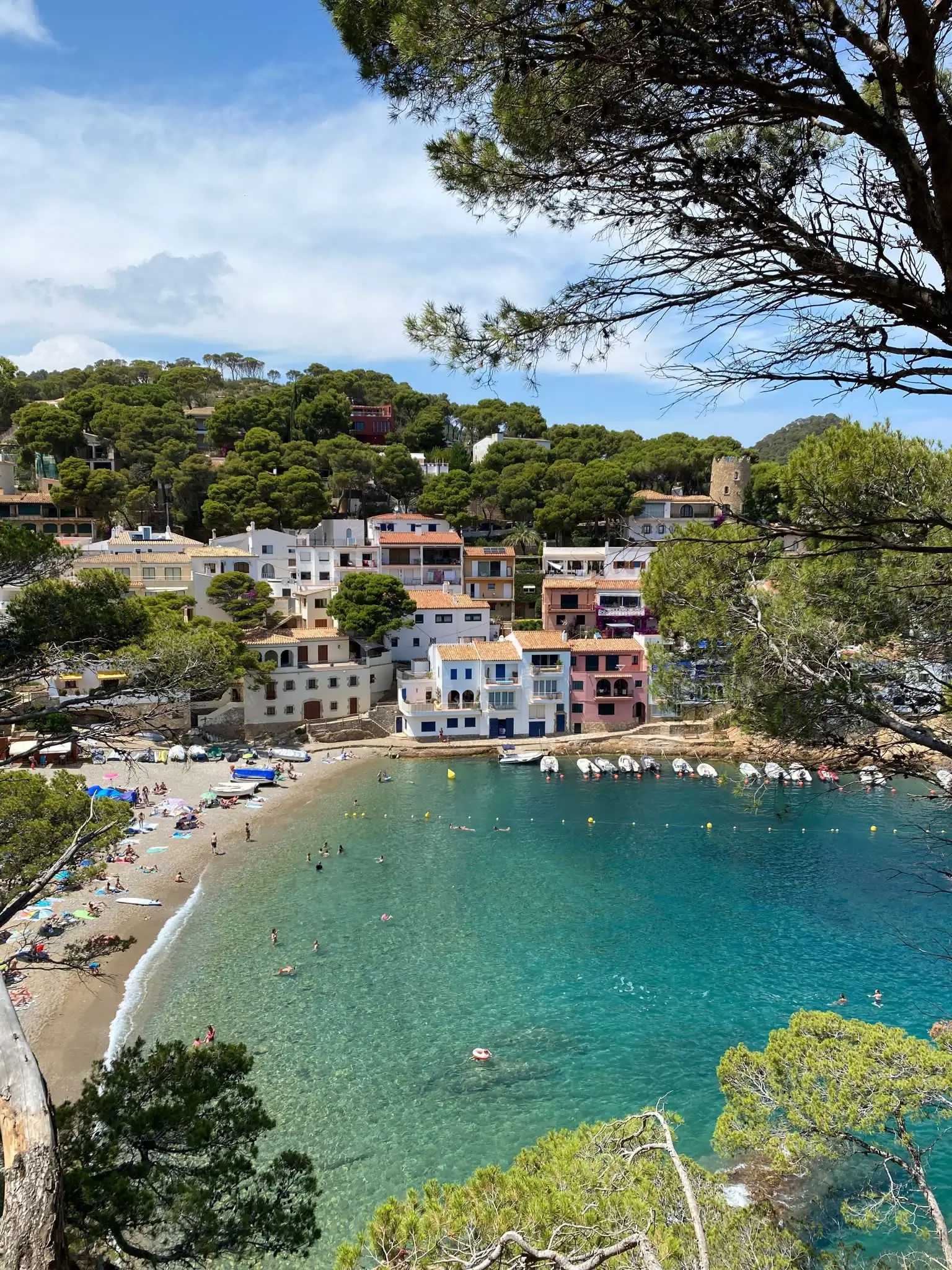
Costa Brava Without the Crowds: Peaceful Towns, Coastal Trails, and Honest Local Tips

What Is a Mediterranean Aperitivo? Meaning, Food and Ritual
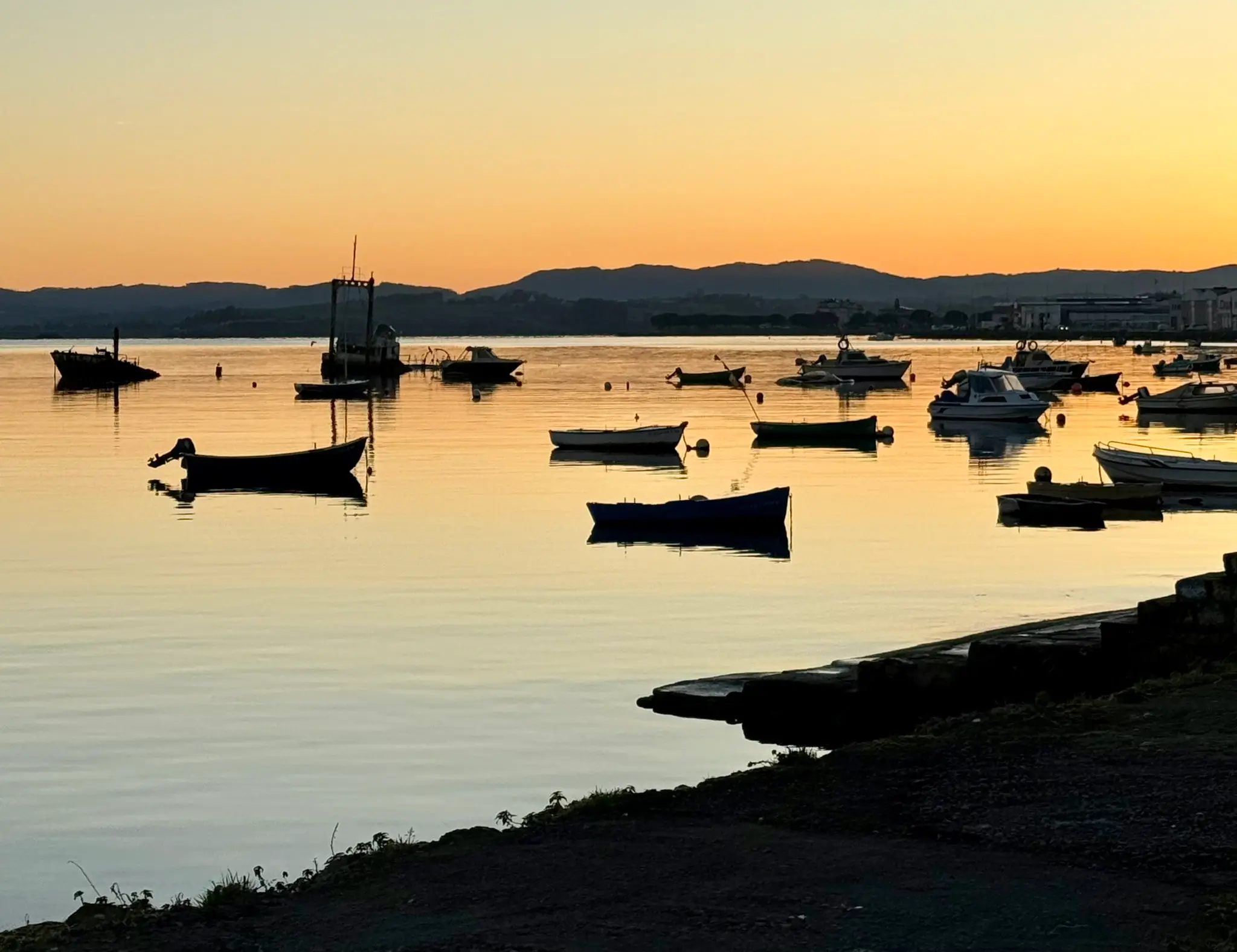
How to Start a Mediterranean Morning Ritual: Coffee, Calm, and Sea Air
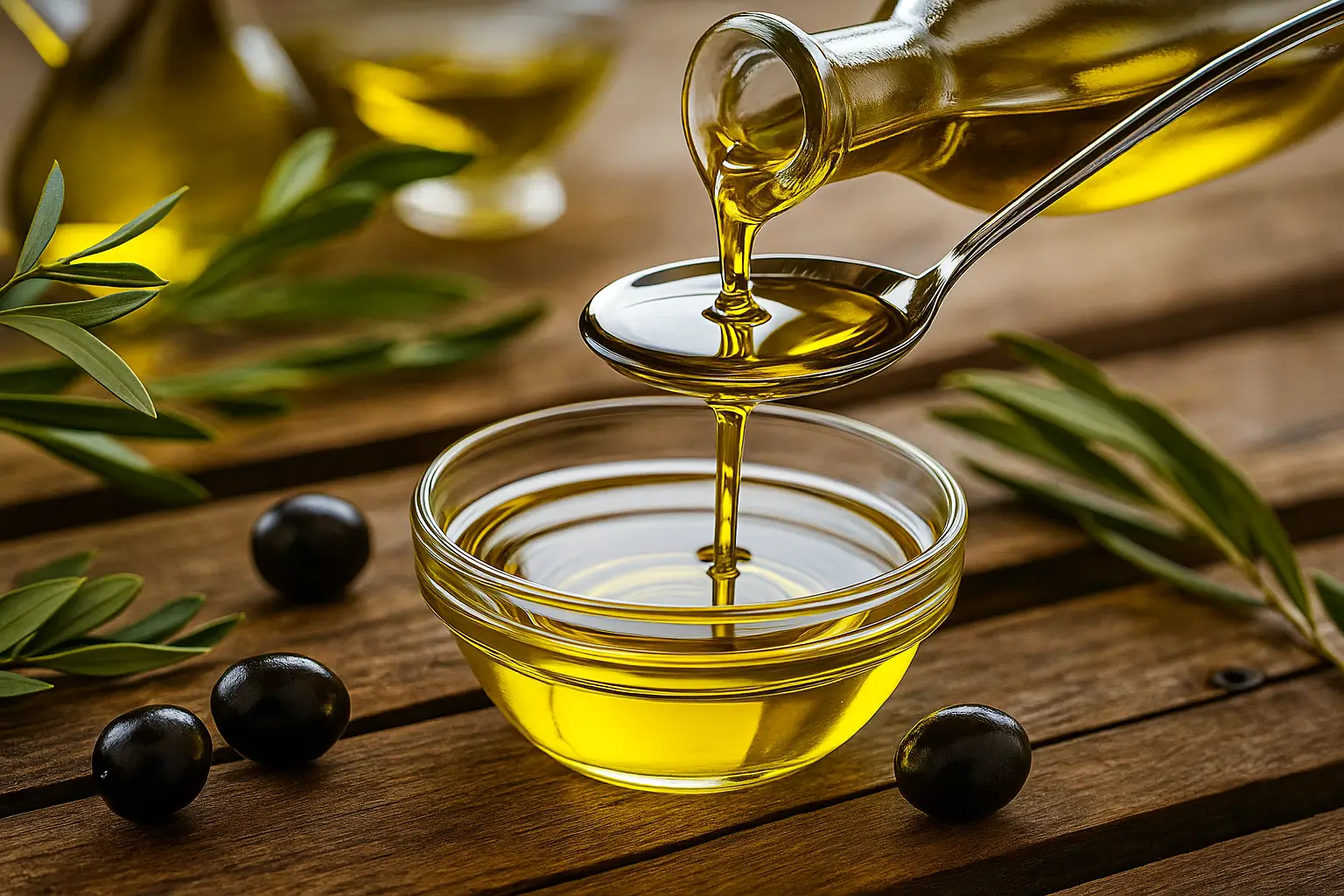
Olive Oil: Health Benefits, Types & Mediterranean Secrets


